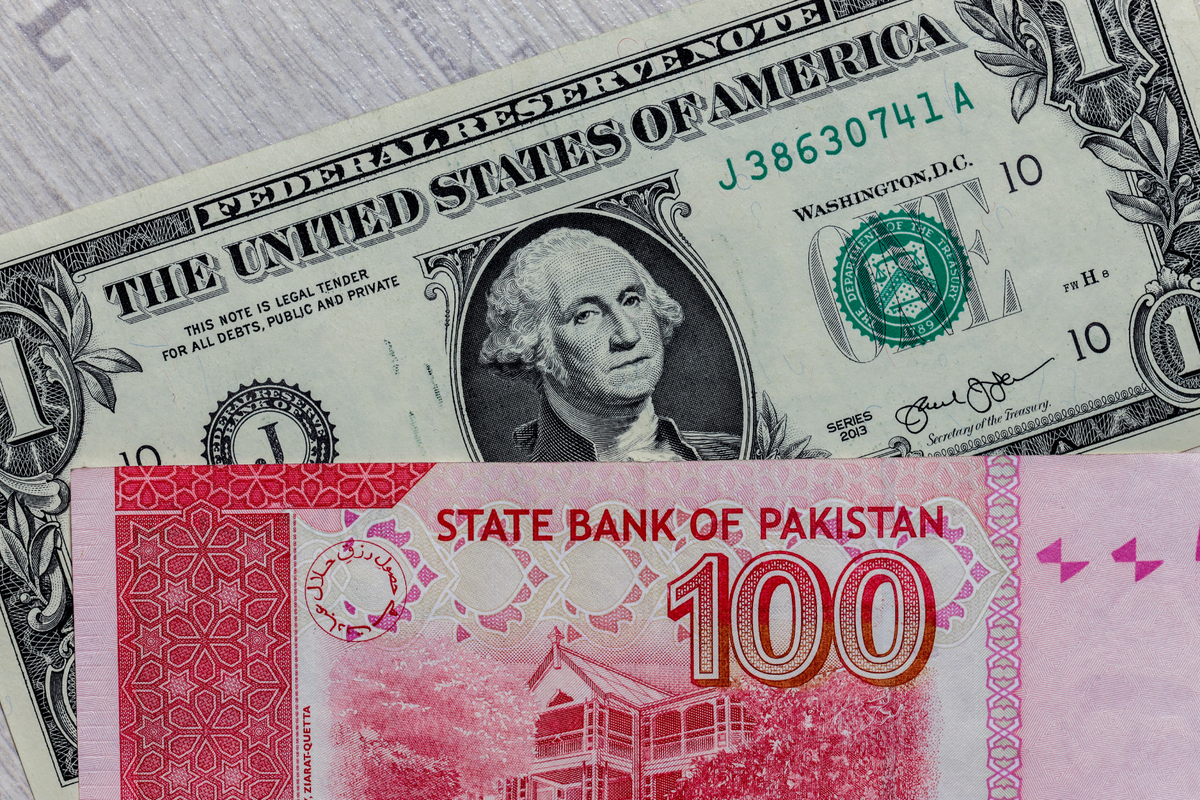Timing is everything: How debt scheduling can save Pakistan’s rupee
Spacing out repayments helps steady reserves, calm markets, and cut refinancing risks
Nida Gulzar
Research Analyst
A distinguished economist with an M. Phil. in Applied Economics, Nida Gulzar has a strong research record. Nida has worked with the Pakistan Business Council (PBC), Pakistan Banks' Association (PBA), and KTrade, providing useful insights across economic sectors. Nida continues to impact economic debate and policy at the Economist Intelligence Unit (EIU) and Nukta. As a Women in Economics (WiE) Initiative mentor, she promotes inclusivity. Nida's eight 'Market Access Series papers help discover favourable market scenarios and export destinations.

In Pakistan’s balance sheet, debt repayments are more than just numbers—they’re a countdown that can determine whether the rupee holds its ground or slides. Bunching large repayments into short periods can spark a scramble for dollars, drain foreign exchange reserves, and put the currency under siege.
The government’s recent shift from costly commercial borrowings toward longer-term, lower-interest multilateral loans has bought some breathing space. External public debt has stabilized, and a plan is in motion to extend maturities, reducing the risk of sudden outflows.
Why timing matters
When repayments are spread out over months or years, the demand for foreign currency is more manageable, easing pressure on reserves and supporting market confidence. In contrast, clustering large repayments into short periods can strain the exchange rate by creating sudden spikes in dollar demand.
A staggered schedule allows the economy to adjust gradually, reducing volatility in both the rupee and reserves.
The mechanics are straightforward: large foreign debt payments require U.S. dollars, which Pakistan sources from reserves built through exports, remittances, foreign direct investment and new borrowing. When too many payments fall at once, the dollar demand spikes, the rupee weakens, and imports become costlier—feeding inflation.
Protecting reserves
Pakistan’s reserves, which have fluctuated between $8 billion and $14 billion over the past two years, serve as a lifeline for essential imports such as fuel, machinery and medicine. Poorly timed repayments can wipe out weeks of import cover, forcing policymakers to rush for emergency financing or impose import curbs.
A healthier repayment schedule maintains a buffer that reassures the IMF, credit rating agencies and investors that the country can meet its obligations without shocks. This stability feeds into better borrowing terms—a key factor after Moody’s recently upgraded Pakistan’s rating to Caa1, citing improved financing costs, managed dollar flows and higher investor confidence.
Beyond the numbers
Debt scheduling also influences sentiment. Staggered repayments allow the government to refinance maturing debt at lower rates, avoid panic borrowing and keep economic activity flowing without abrupt spending cuts. That stability can ripple through the economy, anchoring inflation expectations and encouraging investment.
The impact can be seen in three areas:
- Rupee stability: Well-spaced obligations reduce exchange rate pressure, limiting import-driven inflation.
- Reserve management: Even outflows protect foreign currency buffers and import cover.
- Market confidence: Predictable repayment profiles reduce risk premiums and support credit ratings.
According to the plan, the average maturity period for domestic debt, currently standing at three years and eight months (44 months), will be extended to 52 months, while the maturity for external debt will be increased from the current 6.1 years (approximately 73 months) to 76 months.
The IMF has set a deadline of 2028 for the implementation of these changes, which are intended to reduce Pakistan’s near-term refinancing pressures. By extending debt maturities, the government aims to lower annual financing requirements and improve debt sustainability over the medium term.Pakistan’s experience underscores that the “when” of debt can be as critical as the “how much”. In an environment where global interest rates are high and emerging markets compete for capital, a smoother repayment calendar is not just good housekeeping—it’s a macroeconomic safeguard.For now, the country’s pivot toward concessional loans and maturity extensions marks a step in the right direction. But with billions still due annually, the test will be in maintaining that discipline, ensuring the rupee doesn’t tumble under the weight of a crowded repayment calendar.







Comments
See what people are discussing